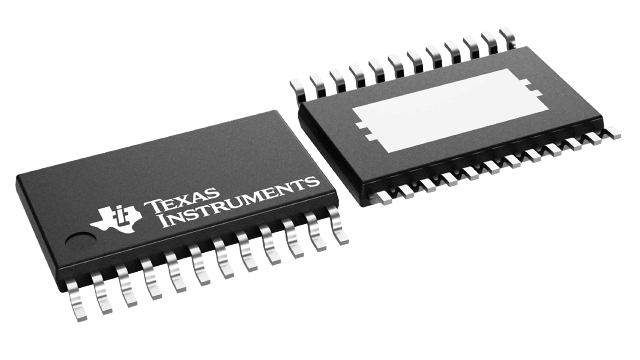| Number of channels (#) | 2 |
| Topology | Buck Controller |
| Rating | Automotive |
| Operating temperature range (C) | -40 to 125 |
| | |
| Vin (Min) (V) | 6.5 |
| Vin (Max) (V) | 42 |
| Vout (Min) (V) | 0 |
| Vout (Max) (V) | 39 |
| Iout (Max) (A) | 5 |
| Iq (Typ) (mA) | 3 |
| Switching frequency (Max) (kHz) | 2000 |
| Features | Fault Detection, LED Open Detection, Precision Dimming Control, Thermal Error Flag, Thermal Shutdown |
- AEC-Q100 Qualified for Automotive Applications
- Grade 1: –40°C to 125°C Ambient Operating Temperature
- Device HBM Classification Level H2
- Device CDM Classification Level C5
- Wide Input Voltage Range 6.5 V to 65 V
- Two independent Buck LED Controllers
- High Bandwidth, Quasi-Hysteretic Control
- Adjustable High-Side Sense
- Direct PWM Dimming Input
- Cycle-by-Cycle Current Limit
- SPI Communications Interface
- Software configurable Set Points (8-bit)
- Digital Calibration and Binning
- Fault Monitoring and Reporting
- Advanced, High Precision Dimming
- 10,000:1 PWM Dimming Range
- 255:1 Analog Dimming Range
- High Frequency Shunt FET Dimming
The TPS92518-Q1 family of parts are dual channel buck LED current controllers with a SPI communications interface. The serial communication interface provides a singular communication path for multichannel and platform lighting driver module (LDM) applications.
The TPS92518-Q1 uses a quasi-hysteretic control method that supports switching frequencies ranging from 1 kHz to 2 MHz. This control method enables superior, high frequency shunt FET dimming and also handles the demanding dynamic loads of adaptive LED matrix based headlamp systems.
Software programmable SPI set points (Precision Peak Current, Controlled Off-Time and Output Voltage Sense) enables designers to develop a single LED driver solution for multiple load configurations that can be quickly reconfigured for future LED driver design requirements.
The TPS92518-Q1 device has an input range up to 42 V. The TPS92518HV-Q1 is a high-voltage option with an input range up to 65 V.








